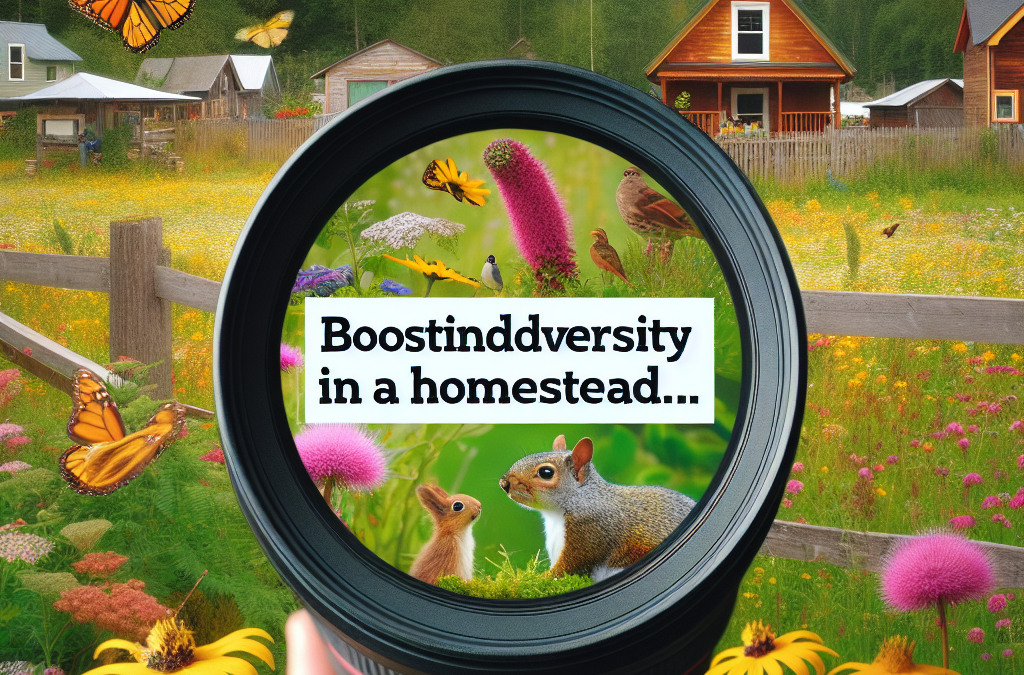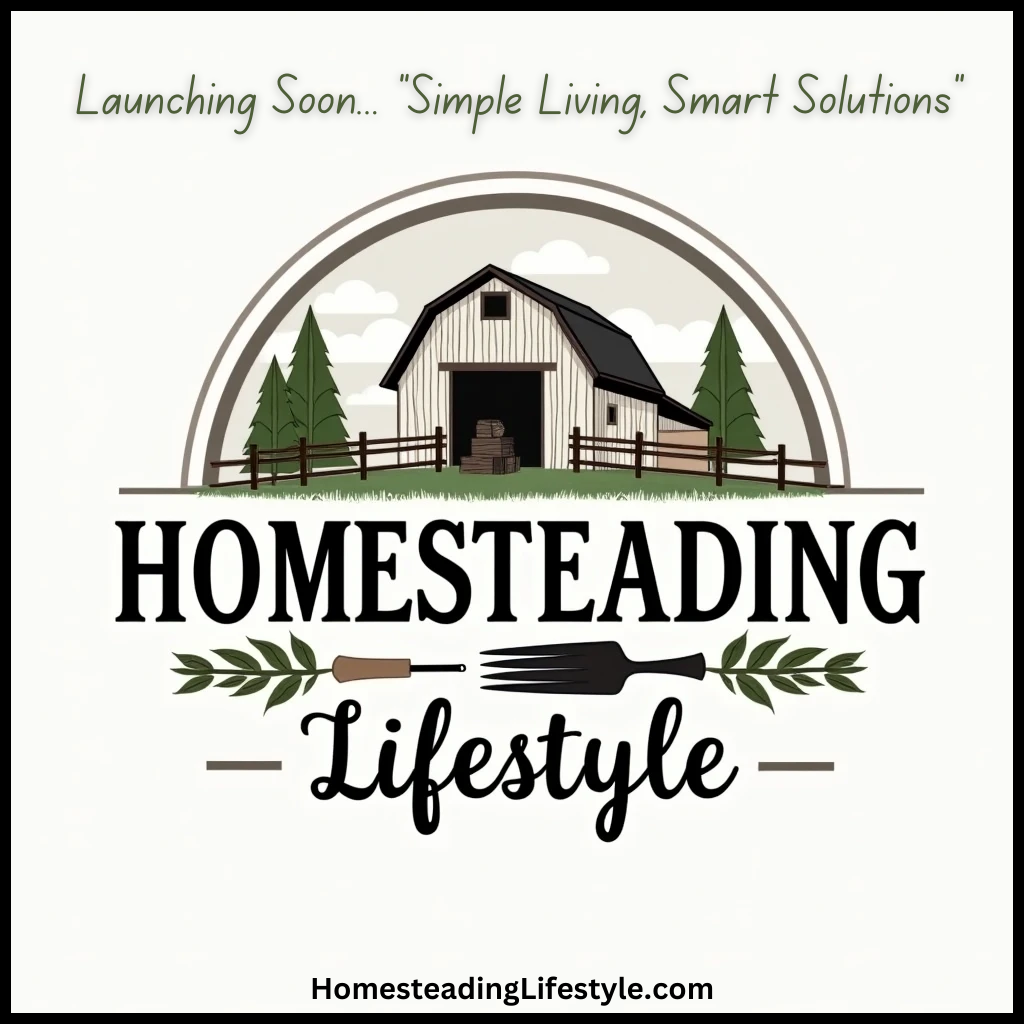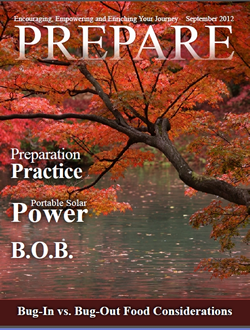Create Native Habitat Zones
Understanding Native Plants
One of the first steps in enhancing biodiversity on your homestead is understanding the role of native plants. These are the plants that naturally occur in your local ecosystem, meaning they are adapted to the climate, soil, and pests in your area. When I started incorporating native plants into my garden, it felt like my landscape suddenly came alive. Birds, butterflies, and all sorts of critters began showing up, drawn in by the familiar food sources.
By planting species that are indigenous to your region, you can encourage local wildlife to thrive. Native plants require less water and are more resilient to local pests; honestly, it’s a win-win! Plus, by supporting native flora, you’re also supporting the broader ecosystem, which is a pretty neat bonus.
So, dig in! Research which plants are native to your area, and start a little patch that mimics natural habitats. I find that having a small area dedicated to these plants can attract all kinds of wildlife and enhance biodiversity significantly.
Incorporate Water Sources
Wildlife needs water just like we do, and if we can provide a gentle supply at our homesteads, we’re bound to attract various species. One of my favorite additions to the homestead was a small pond. It didn’t have to be fancy; even a simple birdbath or a bucket with water can make a difference. The birds flock to it, and I’ve even spotted some frogs and dragonflies, which are crucial for pest control!
When creating water sources, remember to add some shade and rocks around the area. This helps wildlife feel secure when they’re coming in for a drink. Plus, it adds a lovely aesthetic touch to your garden. I often sit by the pond and watch the activity—it’s peaceful, and you get to observe the delicate balance of wildlife.
Keep the water clean and regularly change it if necessary to avoid attracting mosquitoes or algae growth. Trust me; it’s totally worth the few extra minutes it takes!
Creating Shelter
Wildlife needs places to hide and nest, especially from predators. Building shelter can be as easy as leaving some brush piles around or planting dense shrubs. I crafted a little brush pile using leftover branches, and boy, did it become a haven for rabbits and various birds! It allows wildlife to feel safe and encourages more species to dwell on your property.
If you have the space for a birdhouse or two, I highly recommend it. You can buy pre-made ones or even make your own! I’ve tried both, and it’s incredibly satisfying to see feathered friends using something you’ve built.
Don’t underestimate the power of tall grasses or wildflowers either. They provide excellent cover for small mammals and insects, promoting a balanced ecosystem. It’s a little messy, sure, but it’s a beautiful chaos that teems with life!
Encourage Insects and Pollinators
Creating Pollinator Gardens
Bees, butterflies, and other pollinators are vital for biodiversity. I started a small pollinator garden last year, dedicated to flowers like lavender, coneflowers, and milkweed. I can’t even express how fantastic it feels to see these little creatures buzzing around, hard at work!
A great way to attract pollinators is to have a variety of flowers that bloom at different times throughout the year, providing a consistent food source. Some folks even create “bee hotels”—a cute name for a simple structure where solitary bees can nest. The more varied the plant life, the more diverse your visitors will be!
Remember, some pesticides can harm these little guys, so if you can avoid them or use organic alternatives, you’ll really make a difference. Protecting our pollinators means we’re protecting the very essence of our food systems.
Embrace Beneficial Insects
Not all insects are pests; in fact, many play essential roles in our gardens! Ladybugs, for example, are natural enemies of aphids and can help keep those pesky little bugs in check. I’ve learned to appreciate these tiny helpers and even plant things that draw them in, like fennel and dill.
Creating a diversity of plants will attract a range of beneficial insects. Toads are great for eating unwanted bugs as well. I love to create little habitats for them as well! A well-rounded ecosystem begins at the smallest level.
Encouraging these beneficial bugs not only means less day-to-day work for you but offers a healthier environment for your plants to thrive. It’s enticing to watch the garden become a dynamic place full of life!
Companion Planting
Companion planting is a fantastic way to boost biodiversity while getting the most from your crop yields. Certain plants work better together—some repel pests, while others attract beneficial insects. For example, I found that planting marigolds with my tomatoes has made a noticeable difference in pest control.
This method promotes a natural pest balance and encourages a diverse range of organisms in your garden. Not only does it make gardening easier, but it also contributes to the health of the soil. When you have a diverse range of plants, you’re improving soil structure and nutrients, leading to a more productive garden.
Additionally, growing flowers among your veggies not only beautifies your space but also attracts pollinators and beneficial insects at the same time. It’s a colorful party that benefits everyone!
Manage Your Homestead With Intentional Practices
Practicing Organic Gardening
When I switched to organic gardening practices, I noticed a significant boost in wildlife activity. Chemicals may offer quick fixes, but they can harm the delicate balance of nature in your backyard. I’ve embraced composting and natural pest control methods, and lemme tell ya, it’s been rewarding!
Compost, for instance, enriches the soil naturally, allowing plants to thrive while attracting fungi, worms, and insects that enhance soil health. Plus, organic practices often lead to healthier plants, which means they’re less susceptible to pests. It’s a positive cycle, and it really works!
There are tons of resources to learn about organic gardening—books, online courses, or local classes. The more you know, the more you can nurture your patch of earth, and ultimately, catering to wildlife enriches your experience as a gardener.
Rotational Grazing
If you have livestock, consider rotational grazing. This method helps in maintaining healthy pasture ecosystems, allowing the land to recover, which in turn supports more wildlife. When I started rotating my chickens around the yard, I saw not only healthier birds but also an increase in insects and wildflowers in those areas.
By managing grazing, plants have a chance to recover and flourish, providing habitat and food for not just your livestock but local wildlife too. It’s like saying “yes” to an ecological buffet! Honestly, seeing how the land can rejuvenate just amazes me.
Learn about the different grazing patterns and methods to optimize your land’s health. Good management leads to diverse ecosystems, benefiting everyone involved, including us as caretakers.
Engaging with the Community
Don’t underestimate the power of community. Engaging with neighbors, local gardening groups, or conservation clubs can provide valuable insights and innovative ideas to boost biodiversity. I’ve picked up loads of tips just from chatting with other homesteaders!
Community-based projects, like tree planting or habitat restoration days, can create larger impacts. Supporting local wildlife shelters or participating in outreach programs can lead to collaborative efforts that benefit everyone involved, including native wildlife.
It’s pretty inspiring to see what happens when we pool our knowledge and resources with others. Together, we can create a thriving environment for ourselves, our plants, and the wildlife that shares our space.
Frequently Asked Questions
What are the benefits of increasing biodiversity on my homestead?
Enhancing biodiversity promotes healthier ecosystems, helps control pests naturally, improves soil health, and supports the overall resilience of your garden. Plus, it just makes your space more vibrant and alive!
How can I create a pollinator garden?
To start, select a variety of flowering plants that bloom at different times. Position your garden in sunlight and make sure to provide water sources. Avoid pesticides and allow for some wildness: pollinators thrive in diverse, native environments!
What should I do if I want to attract birds to my homestead?
Establish shelter by planting dense shrubs and include water sources like birdbaths. Feeding stations or birdhouses can also entice different species to visit. Keep it natural and be patient; they’ll come!
Is it hard to practice organic gardening?
Not at all! It takes a little learning and effort, especially in the beginning, but it’s incredibly rewarding. There’s a whole community out there with resources and support to help you along the way!
How can I involve my community in biodiversity efforts?
Start by hosting a garden workshop, organizing a local cleanup or planting day, or simply sharing tips with neighbors. Engaging with local groups can create a larger impact, and it’s really fun to work together!





